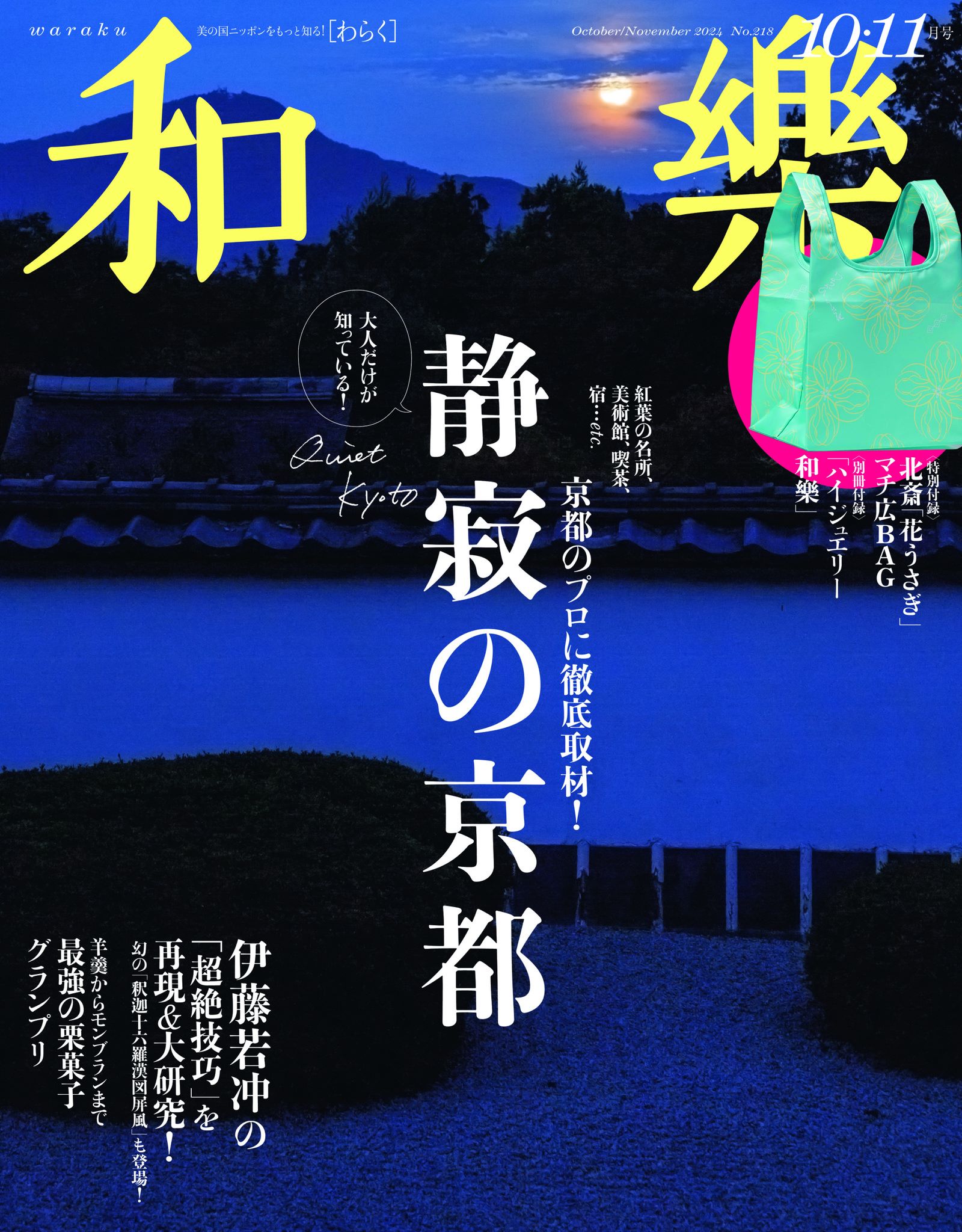Have you heard of omamori? Perhaps you’ve seen these little amulets hanging in someone’s car or even off of a child’s backpack in Japan. Or possibly, you’ve witnessed someone carefully going through rows of these beautifully-brocaded pouches searching for the perfect one to give to someone special. Maybe even, you first discovered omamori in one of INTOJAPAN’s previous articles?
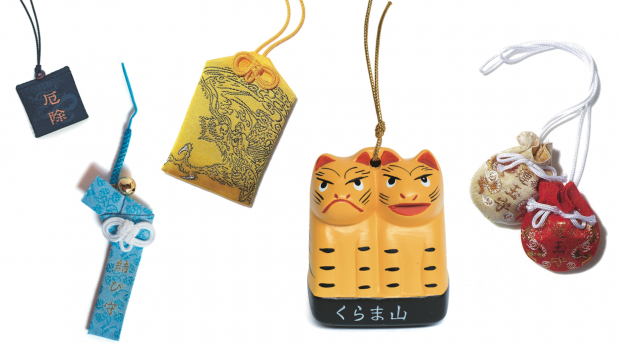 Various omamori including marriage, good fortune, and “Au-un” tiger omamori from Kuramadera Temple photographed by Shinohara Hiroaki, money pouches from Udo Shrine and a prosperity amulet from Togakushi Shrine photographed by Miyahara.
Various omamori including marriage, good fortune, and “Au-un” tiger omamori from Kuramadera Temple photographed by Shinohara Hiroaki, money pouches from Udo Shrine and a prosperity amulet from Togakushi Shrine photographed by Miyahara.
Whether you are an avid collector of omamori or newly acquainted with these Japanese charms, read on to discover some interesting tidbits about omamori culture in Japan! Your questions are answered with our handy guide.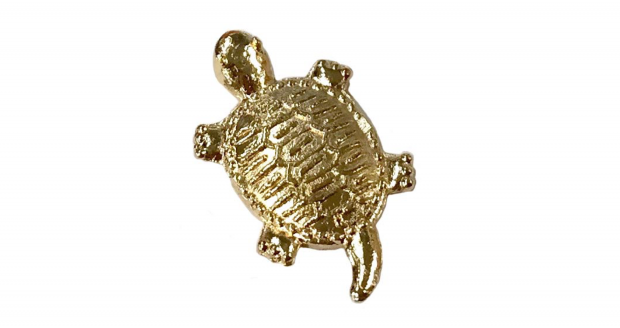
Are omamori the same as good luck charms?
Evolving from Shinto and Buddhist practices, omamori culture as we know it today became popular in the beginning of the Edo period (1603-1868). The name omamori comes from the Japanese verb “mamoru,” which means to protect. People in the Edo period would carry miniature paper votives in pouches or tucked into their kimono to protect their bodies with the divine powers of the gods, as the written words inside omamori were believed to contain spiritual presence. In other types of omamori such as ceramic bells, the pure sound was thought to ward off evil, but the omamori itself did not necessarily house a divine spirit.
Nowadays, omamori can be purchased at both temples and shrines, and are thought to offer various types of assistance. It is believed by some that omamori provide encouragement and support in achieving a goal, or give protection to their owner against misfortune, rather than serve as an instrument for divine intervention.
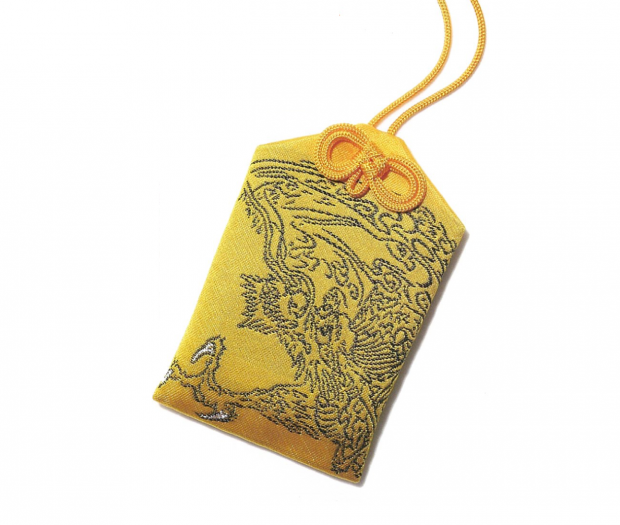 Photograph taken by Miyahara.
Photograph taken by Miyahara.
The above pictured omamori featuring a dragon, procures wealth and prosperity for its owner. It can be purchased from Togakushi Shrine in Nagano Prefecture.
While different types of souvenir-like omamori with popular characters can now be purchased at gift shops and such, more traditional kinds of omamori associated with temples and shrines are considered as more spiritual. In accordance with such beliefs, various guidelines are often followed to treat these amulets with respect. Continue reading to find out what some of these guidelines entail.
How does an omamori work?
Originally, omamori served as portable blessings made by priests. As mentioned above, each one contained some power of the gods from each shrine or temple and served to repel evil spirits and misfortune from their owners. However, according to other sources, omamori function as a substitute of sorts and absorb ill fortune and other burdens in your stead. Though originally starting as protective talismans, omamori have evolved to cover various troubles or to offer guidance and draw luck.
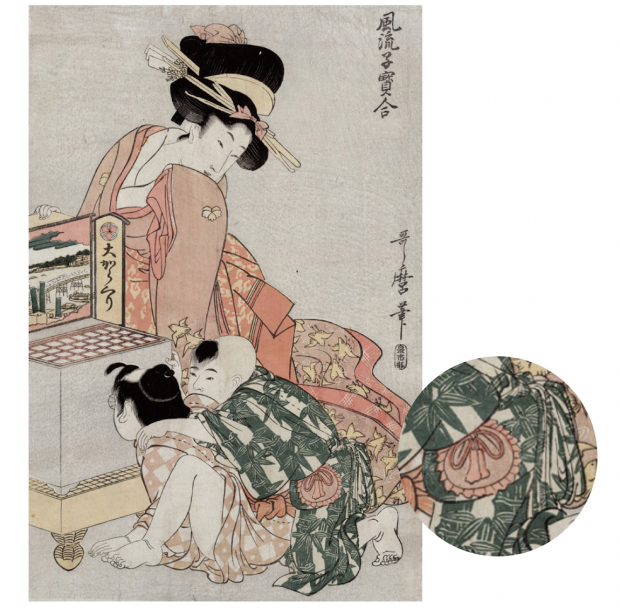 “Fashonable Comparisons of Precious Children the Large Peepshow” by Kitagawa Utamaro. Public domain image.
“Fashonable Comparisons of Precious Children the Large Peepshow” by Kitagawa Utamaro. Public domain image.
As such, omamori are often designed to be carried with you – tucked into your wallet or bag, or attached to one of your belongings such as a phone or backpack with a string. The Edo period (1603-1868) woodblock print above by Kitagawa Utamaro features a young boy with a decorative omamori pouch to carry written votives or even his name to help keep him safe and return home.
Though usage of omamori differs by each shrine and temple, it is often considered acceptable to own multiple omamori representing different divinities. However it is sometimes advised that you don’t keep them all right next to each other as it is thought inconsiderate to the gods. Instead, give each one its own space.
Is an omamori’s protection good for life, or does its powers have an expiration date?
According to many temple and shrine staff, omamori have a limited lifespan. In other words, the efficacy of their spiritual power lasts for one year, and each year, omamori are meant to be replaced.
In the case of more specific omamori or engimono though, they should be returned to the temple or shrine where they were purchased once your wish has been met with success. Why is this? Renewal is an important concept in Shintoism, and it is thought that once an omamori has completed its work or been used to absorb bad luck for a period of time, its powers have waned.
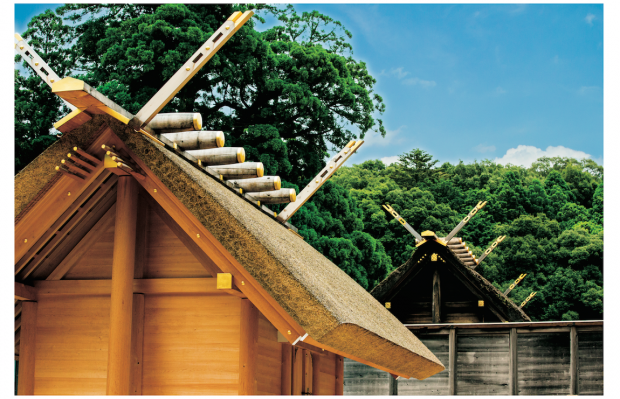 The new Inner Shrine in front contrasts with the older one at Ise Grand Shrine in 2013. Every 20 years, buildings are rebuilt in a cycle of renewal. Taken by Masaaki Miyazawa.
The new Inner Shrine in front contrasts with the older one at Ise Grand Shrine in 2013. Every 20 years, buildings are rebuilt in a cycle of renewal. Taken by Masaaki Miyazawa.
How does one dispose of an old omamori? It is generally ill-advised to throw omamori away in the garbage. Instead, omamori should be returned to shrines and temples to be ritually burned. However, there are Japanese people who continue to keep and use omamori much longer than a year, whether for sentimental purposes or, because they still consider it helpful. Don’t be worried to do the same, particularly if you live abroad and cannot easily access a shrine or temple for proper disposal.
There are many interesting omamori to discover in Japan!
Written by Jennifer Myers.




